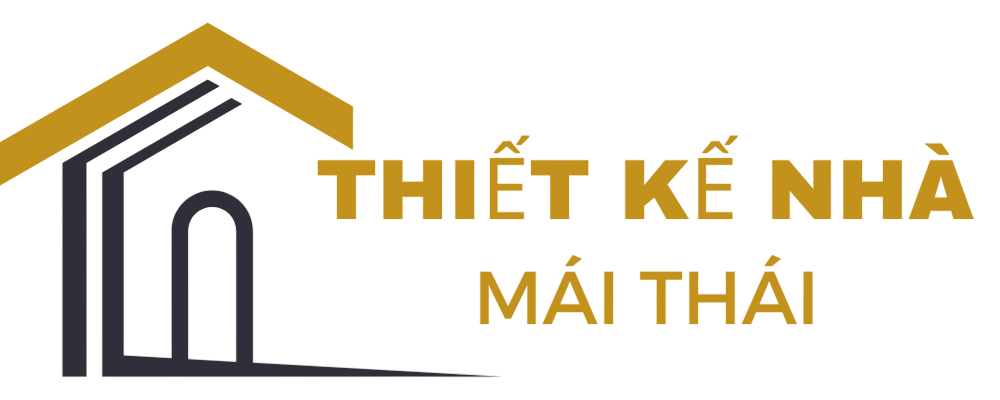Overview
Amidst the dynamic realm of SOCKS5 proxy providers, finding a reliable and affordable vendor is vital. These platforms offer SOCKS5 proxy solutions that channel requests through residential IPs, hiding your IP address and enhancing privacy. Whether you are scraping data, accessing region-locked media, or circumventing online restrictions, a leading provider can elevate your internet freedom. In this comprehensive guide, we examine the key features, cost structures, and decision factors for 2025’s best providers, including Oxylabs and more.
What Is SOCKS5?
Socket Secure version 5 is a protocol that redirects both TCP and UDP packets through an external proxy server, allowing clients to access the web via an external IP address. Unlike HTTP-based proxies, SOCKS5 proxy services function at a lower network layer, supporting real-time applications such as online gaming, VoIP, and torrenting. With integrated user authentication methods—credential-based or Kerberos—providers ensure secure access. Top shops offer automatic IP rotation for web scraping and dedicated IPs for media access.
Advantages of SOCKS5 Proxy Shops
High-speed proxies and dependable proxies minimize latency, while strong bandwidth provides consistent performance. Residential proxies from reputable vendors mix with genuine IPs, avoiding blocks and enabling compliant data harvesting. Geo-targeting lets you unlock region-locked content, while session management keeps steady links for login-protected sites. Cheap proxies with budget-friendly rates serve all personal use and enterprise needs.
Popular Use Cases
Web scraping, market research, and price monitoring depend on IP rotation to expand operations. Media services use static IPs for uninterrupted high-definition content, while gaming networks benefit from low-latency connections. Journalists and activists bypass censorship to retrieve unrestricted data.
Evaluating SOCKS5 Proxy Shops
Look for multi-country coverage, fast speed, and 99.9% uptime. Bandwidth limits, session lengths, and IP rotation frequency differ by vendor. detailed analytics and round-the-clock customer support simplify troubleshooting. Intuitive interfaces and API access improve workflow integration.
Cost Structures
Subscription plans often include Y GB of data, with extra blocks at discounted rates. On-demand pricing bills per GB, ideal for occasional use. Dedicated proxies carry premium pricing, while shared proxies are more affordable. Trial periods and refund policies reduce budget concerns.
Protecting Your Data
SSL encryption and robust security measures protect your connection. Access controls prevent unauthorized use, and no-log policies safeguard data privacy. Anti-DDoS measures defend from denial-of-service threats.
Setup & Configuration
Most providers provide detailed setup guides for major operating systems and mobile apps. Configure your proxy client with server address, port, and login, and activate proxy rotation or dedicated IP mode. API documentation facilitate integration with web automation tools.
Measuring Success
Track bandwidth usage, uptime, and latency. Benchmark against competitors to confirm performance. Automated monitoring with notifications avoids downtime.
Final Thoughts
Choosing the right SOCKS5 proxy shop empowers secure connectivity, ethical scraping, and unrestricted media access. Evaluate features, pricing, and service, then subscribe to the optimal plan. Unlock true online freedom today.
Read more: Bookipi.com (buy SOCKS5 proxy online)
Introduction
In today’s interconnected digital landscape, SOCKS5 proxies have become an indispensable tool for users seeking enhanced privacy, improved security, and seamless access to geo‑restricted content. Leveraging the SOCKS5 protocol, users can channel their network requests through remote IP addresses, safeguarding their identity and unlocking content that may otherwise remain inaccessible. In this detailed tutorial, you will learn step‑by‑step setup instructions, evaluate SOCKS5 against HTTP, HTTPS, and SOCKS4 alternatives, examine the protocol’s inner workings, and understand why SOCKS5 is a cornerstone of private, secure web surfing.
What Is SOCKS5?
At its core, SOCKS5 operates at the session layer, intercepting both TCP and UDP streams and relaying them to the destination on behalf of the client. Because SOCKS5 works transparently at the socket level, it can support virtually any protocol or application—whether you’re streaming video, conducting web scraping, or connecting via SSH tunnels. The protocol also supports multiple authentication methods—plain username/password or GSS‑API (Kerberos)—ensuring that only authorized users can access the proxy infrastructure.
Configuring and Connecting
1. Choose a Provider
When evaluating providers, look for features like IP rotation frequency, session persistence, and 24/7 customer support to ensure consistent performance.
Account Setup
After subscribing to a plan—whether pay‑as‑you‑go or monthly—you will receive proxy server addresses, port numbers, and login credentials.
Proxy Settings
For command‑line tools like curl or wget, use flags like `–socks5-hostname` followed by your proxy address and port.
Secure Access
Input your username and password when prompted to ensure authenticated access.
Verification
Verify your external IP via a “what is my IP” service to confirm the proxy is active.
Comparison with Other Proxy Types
HTTP Proxies
They excel at basic web caching and content filtering but lack support for arbitrary TCP/UDP applications.
Secure HTTP Proxies
Also known as SSL proxies, HTTPS proxies encrypt traffic between the client and the proxy but still operate at the HTTP layer.
Protocol Evolution
If you need secure, authenticated UDP tunnels—such as for DNS lookups or VoIP—SOCKS5 is the clear choice.
Transparent and Reverse Proxies
Transparent proxies intercept traffic without client configuration, often for caching or content inspection, but offer no anonymity.
Technical Deep Dive
Protocol Sequence
When a client connects, it sends a greeting with supported authentication methods. The server selects one and replies, after which credentials are exchanged.
Data Streams
This dual‑stack capability enables low‑latency gaming, VoIP calls, and real‑time data feeds.
No Header Modification
This behavior also minimizes detection by anti‑proxy measures, improving reliability for web scraping and automated tasks.
Privacy and Anonymous Browsing
IP Masking
This level of anonymity is crucial for journalists, researchers, and privacy‑conscious users operating in restrictive environments.
Data Protection
Many providers implement strict no‑log policies, ensuring that browsing history, DNS queries, and connection timestamps are not retained.
Bypassing Geo‑Restrictions
Unlike DNS‑based methods, SOCKS5 handles all traffic types, ensuring full access to restricted content.
Enhanced Security
Subjecting your traffic to dual‑hop routing significantly raises the bar against network eavesdroppers.
Practical Tips and Best Practices
Avoiding Blocks
Automate IP rotation every few minutes or requests to prevent rate limits and blacklisting during web scraping.
Use Case Selection
Static IPs offer consistency for login‑protected services, while dynamic IPs provide better anonymity for large‑scale crawling.
Monitor Performance
Track latency, packet loss, and throughput via the provider’s dashboard or custom scripts.
Secure Your Credentials
Rotate credentials periodically to mitigate unauthorized use.
Conclusion
By understanding how to configure them, comparing them against HTTP, HTTPS, and SOCKS4, and leveraging their technical strengths, you can achieve truly private, unrestricted browsing. Embrace the power of SOCKS5, and reclaim control over your digital presence today.

